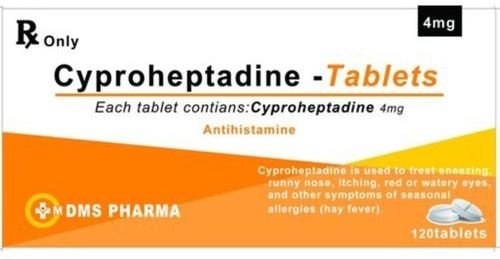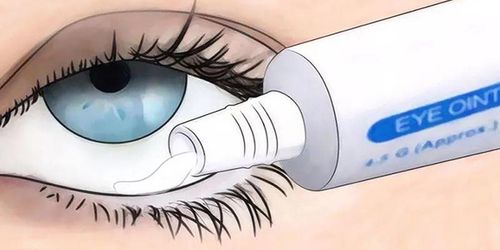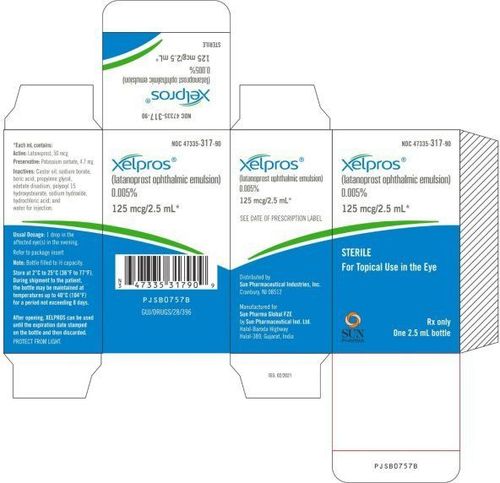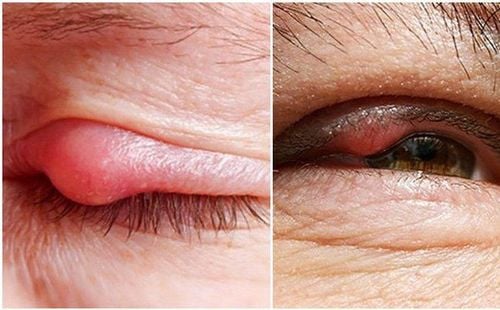This is an automatically translated article.
In the lesions in the eye, inflammatory diseases associated with infection are very common. Therefore, antibiotics are drugs commonly used to treat eye diseases, especially eye infections.
1. Summary of eye infections
Eye infection is a common eye disease that can affect people of all ages. This is an eye condition that is attacked by bacteria, viruses, fungi or microorganisms, occurring in one or both eyes, causing various symptoms such as irritation, pain, inflammation, redness, watery eyes. ,... If not treated promptly, eye infections can cause vision loss. Common eye infections include:
1.1 Conjunctivitis Conjunctivitis caused by bacteria or viruses, with a high risk of infection. Most cases are spread by hand-to-eye contact, touching shared objects such as cosmetics, pillows, etc.
Bacterial conjunctivitis is usually caused by strains of Staphylococcus, Streptococcus, Haemophilus, and Moraxella. The disease is usually spread by contact. Viral conjunctivitis is usually caused by strains of Adenovirus, Picornavirus, Rubella, and Herpes. Accordingly, bacterial conjunctivitis can be treated with antibiotics, but has no effect on viral conjunctivitis. Viral conjunctivitis usually clears up on its own in about 2 to 3 weeks. The best way to treat the disease is to treat the symptoms. Home remedies to relieve symptoms include: Apply warm compresses to the eyes, take efticol sodium 0.9% to reduce swelling and pain, or use eye drops as prescribed by your doctor.
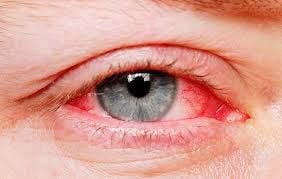
Mắt bị viêm kết mạc
1.2 Blepharitis Blepharitis is chronic inflammation of one or both eyelids. The disease is usually caused by Staphylococcal infection or skin disease (dandruff, rosacea), excess oil secretion of eyelid skin. There are two types of blepharitis: anterior (outer eyelid) and posterior (inside eyelid).
Currently there is no cure for blepharitis, so the best treatment is to relieve symptoms, reduce pain and irritation. Measures include: Apply warm towels several times a day; wash eyelids gently with a non-irritating shampoo to remove crusts around the eyelids; avoid wearing contact lenses and eye makeup; massage eyelid glands as needed to reduce excess oil secretion; Wash your hands before - after touching your eyes.
SEE ALSO: Note when using antibiotics to apply eye drops
1.3 Eye styes Eye styes are red, swollen spots containing eyelids, located on or near the eyelids. Stitches form when an infection of the oil glands on the eyelids occurs (mainly caused by Staphylococcus bacteria). Eye styes usually go away on their own but are painful for the duration of the illness.
When there is a stye, the patient can use a soft gauze, soaked in warm water to cover the eye or steam the eye regularly. When the swelling has pointed to the tip, it is possible to pluck the infected hairs and then gently squeeze to drain the pus, reducing swelling and pain. The patient can use antibiotic eye drops if necessary.
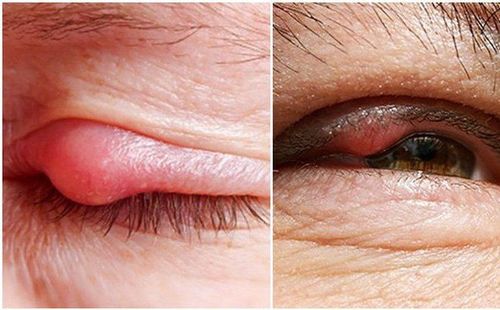
Lẹo mắt
1.4 Keratitis Corneal ulceration occurs when the cornea is scratched, infected, leading to an inflammatory reaction. This is a dangerous disease that can leave many permanent sequelae such as protrusion of the eyeball, corneal scarring, atrophy or loss of vision.
There are many causes of keratitis. Superficial keratitis is mainly caused by viruses (herpes, shingles, adenoviruses) or tear secretion disorders, cleft palate or toxicosis. Deep keratitis usually comes from blood-borne pathogens such as tuberculosis, viruses, leprosy, syphilis,... Fibrous keratitis is mainly caused by dry eyes (night-wake, insomnia, open eyelids) , ...), not producing enough tears (vitamin A deficiency, drug allergies,...).
Patients with keratitis need to be treated early to avoid affecting vision later. Usually, keratitis is treated with medication. In severe cases not treated with drugs, the patient needs a corneal transplant to replace the ulcerated part. When treating keratitis, pay attention not to cover the eyes, wear sunglasses to protect the eyes from environmental irritations, do not wear contact lenses or makeup, avoid rubbing your eyes,...
2. Treat eye diseases with antibiotics
In general, recommendations for systemic antibiotic use also apply to antibiotic use in the treatment of ocular diseases. The difference is the route of administration. Recommendations on the choice of antibiotic route in the treatment of ophthalmic pathology is to give preference to the ophthalmic route. Only when ophthalmic treatment is ineffective or with severe infections, it is necessary to combine with other methods such as ophthalmic infusion, ocular injection or systemic treatment.
2.1 Topical treatment Eye drops
Indications: Treatment of eye infections; Advantages: Antibiotics are concentrated mainly in the eyes, less absorbed into the circulation. Thereby, limiting the side effects on the whole body. At the same time, the method of using antibiotic eye drops is convenient and easy to apply, patients can do it themselves at home; Cons: Antibiotics are quickly washed away, especially with liquid drugs. In addition, some antibiotics are difficult to overcome the physiological barrier to reach the inflammatory tissue. There are 2 types of antibiotic eye drops commonly used:
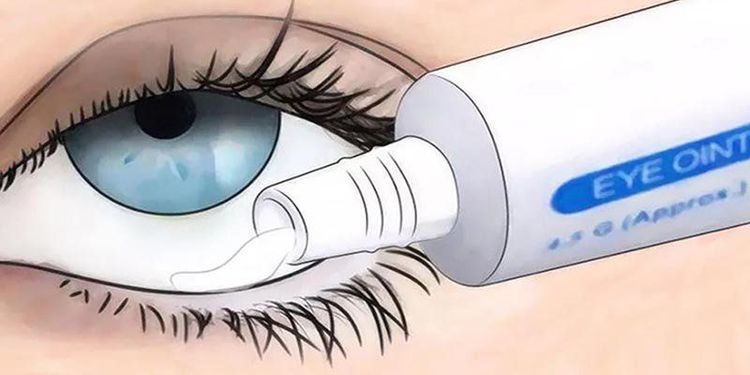
Thuốc mỡ Tetracyclin tra mắt
Liquid medicine: Must be used several times a day, should not blink much after the drug is applied. With drug suspension, when using, need to shake the vial to ensure enough drug ingredients put into the eye; Ointment: Has a longer time in the eye, the ability to penetrate the cornea is higher than liquid medicine, so it can reduce the frequency of drug use and is often used before bedtime. If it is necessary to combine multiple eye drops, the liquid drug should be applied first, and the ointment should be applied later. The medication should be applied at least 5 minutes apart to avoid washout.
Intraocular injections
Indications: Combined use with antibiotic eye drops to put more antibiotics at the infected site in the eye; Advantages: Helps to achieve high concentrations of antibiotics at the site of infection in the eye; Cons: There is a higher risk of complications. The following methods of antibiotic injection are available in the eye:
Subconjunctival injection: Indicated to treat diseases of the anterior part of the eyeball or used at the end of surgery to prevent endophthalmitis. Some drugs do not penetrate the eyeball when administered through the eye, so they must be injected under the conjunctiva to diffuse into the eye through the corneal margin or sclera. Dosage for subconjunctival injection is 0.25 - 1ml; Intraocular injection: Indicated for drugs that are less lipid soluble and do not penetrate the eyeball if used by the ocular route. Lidocaine (an anesthetic) can be injected before or at the same time as antibiotic injection to reduce patient discomfort; Intravenous injection: Indicated for patients with intraocular infections, severe uveitis or in surgery; Intravitreal injection: Administering medication directly into the eyeball to treat severe intraocular infections. The amount of drug used is about 0.1 - 0.2ml with low concentration to avoid toxicity to the lens and retina. May be repeated ocular injection after 48-72 hours depending on the clinical response of the patient.
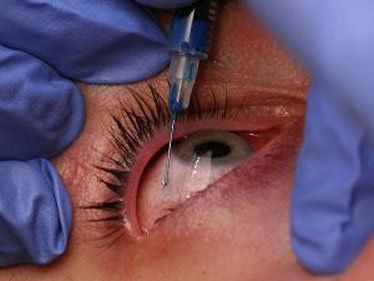
Tiêm thuốc tại mắt có thể lặp lại sau 48 - 72 giờ
Intravenous irrigation in the eye
This method is applied to severe infections, helps to put antibiotics into the eyes continuously to wash away necrotic substances and pathogenic bacteria.
MORE: Antibiotic eye drops for neonatal conjunctivitis
2.2 Systemic treatment Indications: Apply when antibiotic eye drops are less effective, used for severe infections or diseases in the eye due to disease throughout the body. Systemic treatments apply with antibiotics that have good penetration through the blood-eye barrier when used for the whole body; Advantages: Treatment of bacterial infections in the orbit or eye appendages such as eyelids, lacrimal glands and lacrimal ducts, antibiotics easily reach the infected site; Cons: Very little drug enters the eye because it is obstructed by the blood-eye barrier. In addition, this method also has many side effects and is often more severe than using the eye route. The ability of antibiotics to penetrate through the blood-eye barrier depends on: The drug's lipid solubility, the concentration of the drug bound to plasma proteins, and the inflammatory state of the eye.
Systemic treatments include:
Oral: Use oral antibiotics for the eyes; Intramuscular injection: Used when there are diseases in soft tissues or tissues with many vessels such as treatment of blepharitis, orbital inflammation, uveitis,...; Intravenous injection: Mainly treat endophthalmitis.
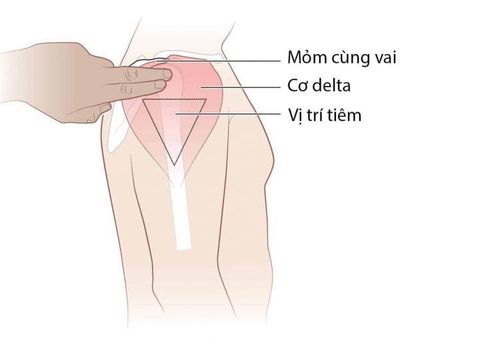
Một số trường hợp cần tiêm bắt để điều trị viêm mi
3. Measures to prevent eye infections
Need to pay attention to the following issues to avoid the risk of diseases caused by eye infections:
Wash hands thoroughly: Everyone should wash their hands often, especially children. Dry hand sanitizer can be used to wash hands, preventing the infection of bacteria that cause eye diseases. At the same time, should cover the nose and mouth when coughing or sneezing, avoid touching the eye area, especially when hands are dirty; Clean and store contact lenses properly, do not wear eye makeup when the eyes are infected; Protect your eyes from harsh chemicals or wear safety glasses when in contact with chemicals; Regularly wash bed sheets, pillows and towels; Allergy sufferers should have an anti-allergy medication ready to prevent red eye symptoms during allergy season; Use sunglasses when going out, avoid dust and foreign objects flying into the eyes; Use eye protection when working in environments with a lot of smoke and dust; People with open eyelids should use protective eyewear; Definitive treatment of eye diseases and systemic diseases at risk of causing keratitis; Do not arbitrarily use items to remove foreign bodies from the eyes, do not apply tobacco directly to the eyes; Provide enough vitamin A for eyes, blink often to avoid dry eyes.

Cung cấp đủ vitamin A cho mắt cũng là một cách giúp phòng ngừa nhiễm trùng mắt
Vinmec International General Hospital is the address for examination, treatment and prevention of diseases, including the eye specialist. When performing the examination process at Vinmec, customers will be welcomed and used the modern facilities and machinery system along with perfect medical services under the guidance and advice of the doctors. Good doctors, well-trained both at home and abroad. In case it is necessary to use antibiotics to treat eye diseases, the doctors at Vinmec will advise and guide patients to use drugs effectively, avoid overuse and indiscriminate use of antibiotics that cause harmful effects. undesirable side effects such as antibiotic resistance.
Please dial HOTLINE for more information or register for an appointment HERE. Download MyVinmec app to make appointments faster and to manage your bookings easily.






